
The hashtag #filmisnotdead has over 1 million posts on Instagram, but #film leads the analog-love graduatory with 11.5 million posts, followed by #35mm – the most popular photographic film – with 2 million. If you’re wondering about the current and future health of film photography, hashtags, data and numbers may offer a little prediction.
In the improbable but increasingly popular hybrid marriage between analog and digital, pixels and rolls, Lightroom and darkrooms, these numbers speak of a predictable, still potentially interesting trend. Clearly, film is not dead, but there have certainly been some concerns about the health of the industry, and consumers have felt an urgency to express their lasting commitment to the traditional format through mobile apps’ language.
Despite the love, major photo companies have experienced harsh setbacks in film product sales – particularly in color – with a dramatic impact on production triggering a domino effect that has ultimately fallen on customers.
The advancement of digital cameras and the 2007 introduction of the iPhone and other camera-equipped smartphones are to blame. Fujifilm has recently made headlines for yet another price increase – tallying to 20 percent – on film products such as color negative film and reversal. The measure, along with the discontinuation of unprofitable lines, will hit the Japanese market effective October 2015.
This announcement is just the latest in a tide of spiking prices common to all major companies. A few years back, both Kodak and Fujifilm raised prices in the U.S. market, blaming the “continuing decline in demand for film products, the high cost of production, and the increased expenses associated with raw material,” as well as the inability of the company to absorb the cost entirely, various statements read. In 2012, due to a steady decrease in sales and usage, Kodak discontinued the production of several color reversal films. And in 2014, Fujifilm raised the price on black-and-white, color negative, color reversal films and one-time-use cameras.
“2003 was the peak of the [U.S.] film market,” says Bing Liem, VP Sales and Marketing, Imaging and Electronic Imaging Division, Fujifilm North America Corp. “From when it was originally introduced all the way into 2003, it continually grew in the consumer market mostly,” Liem explains. “Finally, in 2003 it reached its peak at 860 million rolls [sold], and since then it has been a free-fall decline.” With the mass acceptance of digital on the consumer side, film has been quickly going away, he notes, adding that the industry has since seen a 30-40 percent decline in sales each year. Comparing U.S. volumes over the past decade, the decrease in production has reached an astonishing 98 percent according to Liem.
“We will continue to provide film to the market as long as there’s sufficient profitable demand,” says Audrey Jonckheer, worldwide public relations director at Kodak Alaris’ Imaging Division, explaining that the company’s strategy is driven by demand from photographers. “It’s pretty basic. A business has to provide a product as long as it’s profitable.”
Similarly, Ilford Photo the trading brand of Harman Technology Limited, a British company with black-and-white film products at its core, evaluates the possibility of resorting to drastic measures if the market requires. “We haven’t had a price increase in two and half years or so,” says Michael Bain, Harman technology U.S. representative, “but if we ever need to, of course we will.” Bain acknowledges the market’s challenges, especially when it comes to the cost of raw materials. Nonetheless, the British company was taken by surprise as film products’ sales increased worldwide over the past six years. The results of an international survey, conducted in 72 countries and published in January 2015, shed a light on the demographics and habits of Ilford Photo users. Apparently, a younger demographic (mostly under 35) is attracted by the retro-vintage look film cameras sport and by the lengthy shooting and developing process. “I think it goes back to the craft, it goes back to doing things yourself,” says Bain. “It requires more thought and more time. And I think people sometimes want to slow down a little bit.” Notably, the survey also showed that 120 films were making a comeback, too.
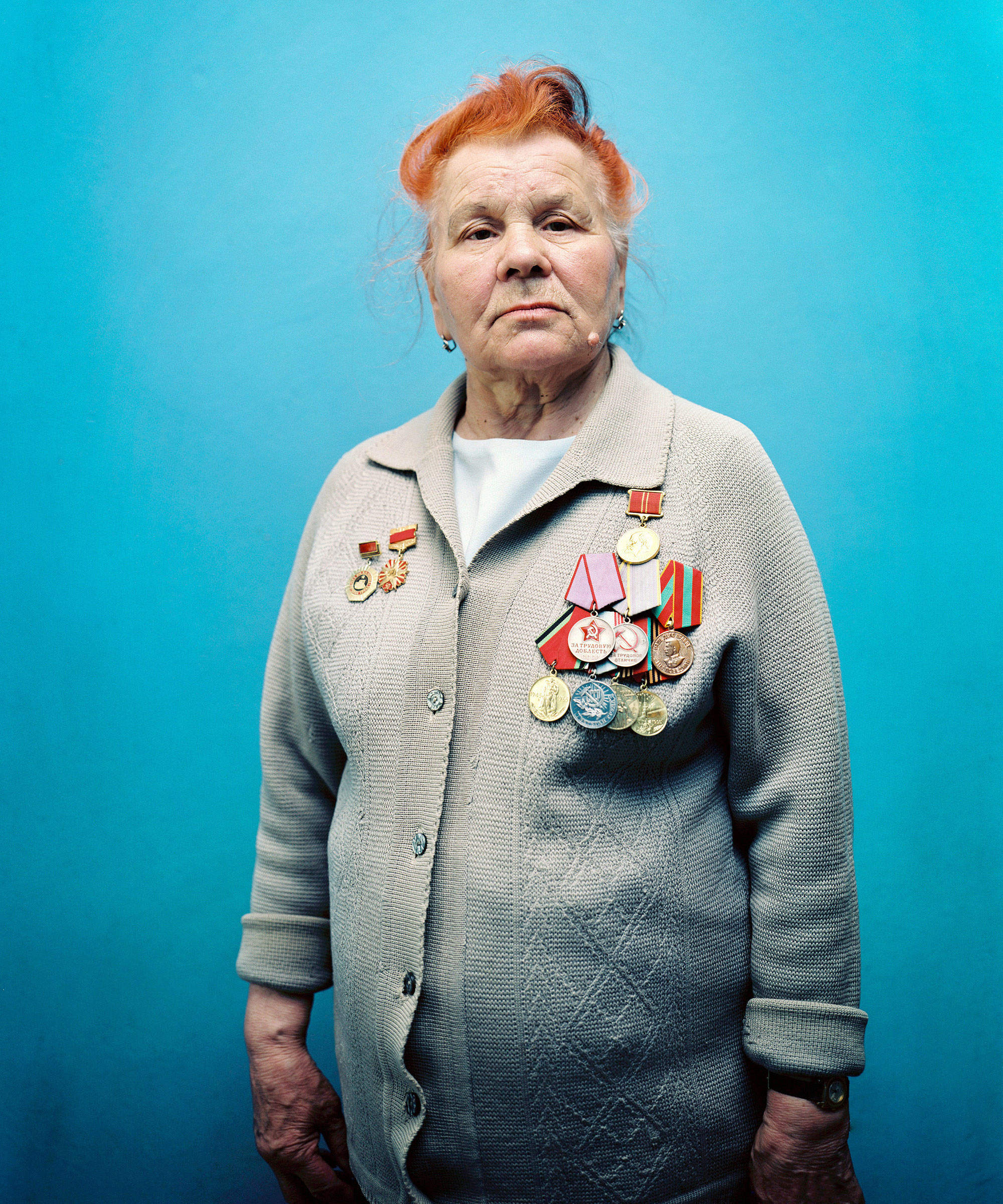
More broadly, Fujifilm, Kodak, Ilford Photo and Lomography all witnessed a film revival that was unexpected considering the earlier sharp decline. The reason seems clear: “If there is a resurgence,” Jonckheer at Kodak notes, “it’s really driven by the younger photographers,” and almost every company echoes this claim. Furthermore, the Asian market seemed prepared to address young amateur photographers’ needs.
“In the last 10 to 15 years, film photography made a transition, but this is not necessarily a general crisis in film photography,” Sally Bibawy, president of Lomography, writes in an email. The creative, cheerful approached that distinguished Lomography might have helped the analog market maintain its grip and allure. “Especially [the] younger generation is looking for more creative and experimental ways within photography, as film photography enables them to influence their work in a more personal way.”
The triumphant return of instant and vintage film cameras, first in the Asian market six years ago, could be credited for rebooting the film industry worldwide. With a strategic distribution that has turned to fashion boutiques and technology stores, Lomography, Polaroid and Fujifilm have won younger generations with the “old plastic toy camera,” as Bing Liem at Fujifilm calls it, marketed at a reasonable price point. Such cameras include the Fujifilm Instax Mini instant camera and Lomography’s timeless Diana and Holga’s special edition cameras. “Those cameras have become widely popular over the course of the last few years, and the whole idea of shooting with a toy camera and taking artsy photographs has become very interesting to the younger demographic,” Liem says. Indeed, Fujifilm sales of Instax in the U.S. market have doubled every year for the past three years. Lomography witnessed a similar trend, with a steady increase in film sales in the second quarter of 2015.
If the film’s resurgence related to instant and toy cameras draws mostly from amateur photographers who value “the accidental blurriness and happy mistakes of analog photographs,” as Bibawy suggests, then professional photographers might value an opposite approach, praising the pace of digital photography when it comes to their work flow.
As much as they can enjoy film in their free time – Brian Finke confesses to using a Polaroid with his children, hanging photos on the wall and creating photo books – a digital camera sports a responsiveness he finds invaluable, that allows him to “capture these really quick random spontaneous moments” that he yearns to preserve.
“I like to be a little messy to allow beautiful action to happen, to explore something I hadn’t really anticipated before,” Finke says. “It’s a really cool creative place to be because I take a picture that I might not normally have considered at the time. And then to make the decision afterwards, I think that is really great too,” he admits, valuing the postproduction process in front of a computer as much as in a dark room. Todd Hido echoes this sentiment. “[Using Adobe Lightroom,] I’ve been able to do things that I never thought I’d be able to do,” he admits. “And without using filters or anything, simply adding a tiny bit of grain to them, nobody notices the difference at all between my film photographs and my digital photographs. It’s remarkable,” he says. A feeling many other professional photographers share.
For Finke, the transition from analog to digital has been quite radical. Although he treasures the old gears, he calls himself “single-minded” in the type of equipment he uses. “Once I started to shoot digitally, it stuck,” he said. Hido sports a completely different approach, using three to four cameras, both film and digital, for the different aesthetics they present. Along with his original 126 Instamatic analog camera, he recently introduced a digital Nikon D800 that “blends seamlessly” with his previously made photographs on film.
“I don’t think I could ever like not to have a film camera in my bag that I didn’t pull out regularly. And I don’t ever intend to let that go completely,” he says.
Curiously, Hido regularly scans and uploads unfiltered Instamatic photos to his Instagram feed (adding a #nofilter tag, of course) supporting that happy hybrid merger between the different formats that young amateur photographers cherish so much. Many of them have expressed an appreciation that goes beyond the retro look of the blurry prints. Notably, they find the overall approach – the lengthy, thoughtful pace that film photography compels them to adopt – appealing. Many professional photographers agree. “You are forced to work slower than with digital cameras and to shoot a little bit less than you can do on the digital camera. In fact, you are forced to really think about what you are doing before you make an image,” says Rob Hornstra. When shooting portraits, the Dutch photographer would take thirty to eighty images with a digital camera, and five to ten images on film.
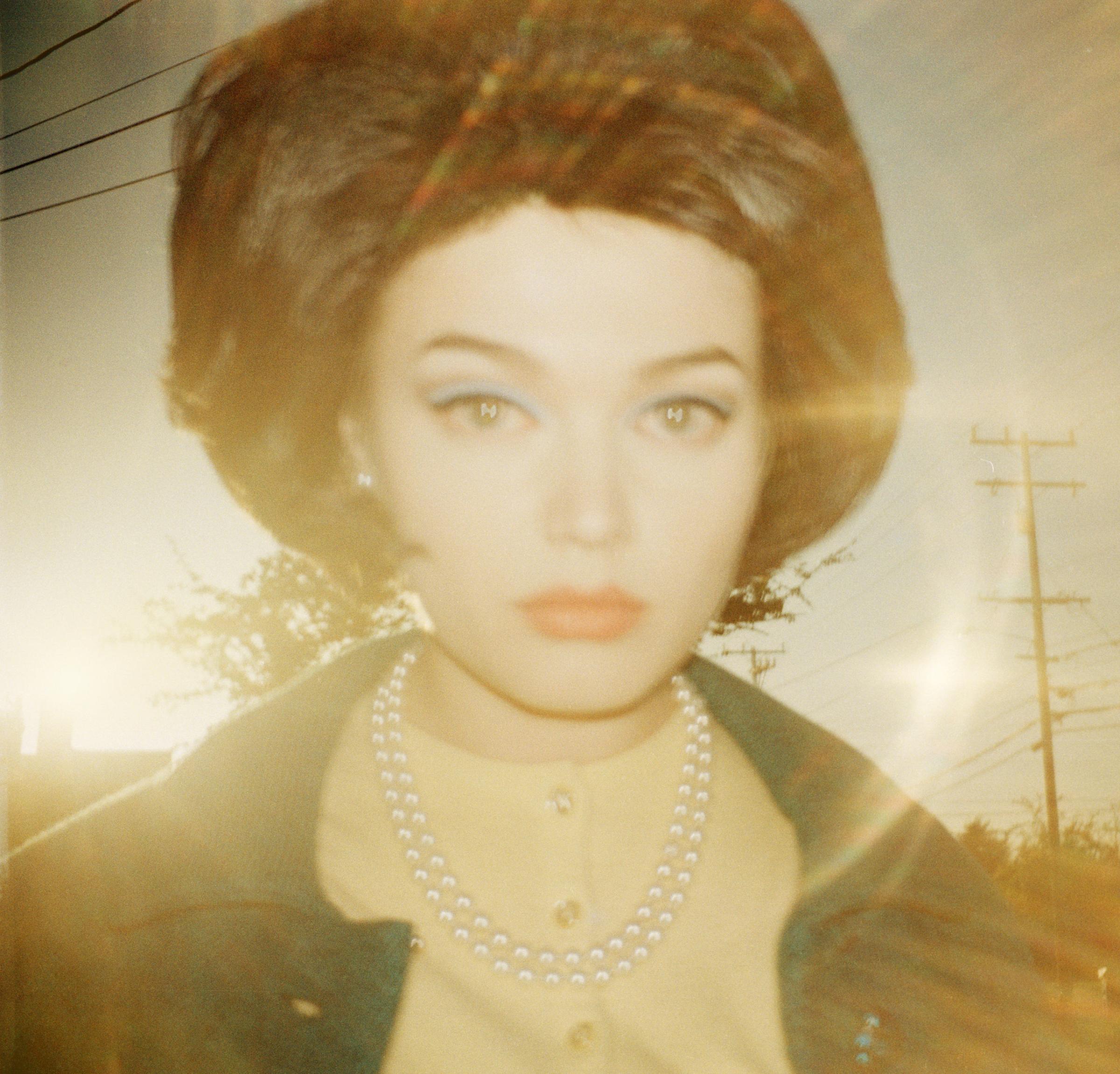
Beside the workflow, there are also financial implications to consider. As Jonckheer at Kodak notes, some photographers – and Hido, who is a Kodak aficionado, admits to be one of them – would keep buying no matter what: “We’ve said formally and informally, ‘Would you rather us discontinue it, or pay a higher price?’ and there’s no question that they pay a higher price,” Jonckheer says. But not all of them agree. A film enthusiast until 2014, Hornstra started evaluating a transition to digital photography after he compiled the annual financial report of the Sochi Project that he shot in Russia over the course of several years. Film-related costs were increasing every year, totaling up to approximately €30,000. “I realized if I buy a quite good digital medium-format camera, it’s much cheaper, and there is not so much difference in quality and in the way of working,” Hornstra says. “Financially, working on film is not sustainable anymore.”
What matters more to him and many professionals is the final result and not the format or the process.
“Do you want to spend all you energy and effort in working on film, or do you want to use it to make good stories?” Hornstra says. “It is simply that at a certain point, it’s not beneficial anymore.” In the end, it all comes down to which format best suits the needs of the photographer and the story.
“If I thought I would make better pictures shooting film, I would absolutely be doing that,” says Finke with no hesitation. Everyone should use the gears that better serve the purpose, but with film, adds Hornstra, “you have to accept that price is extraordinarily high in the future.”
The progressive decline the film industry is experiencing has an impact on the lab and chemical products too, photographers complained. “It just felt like the attention wasn’t being paid there,” said Finke referring to certain labs. “So part of the process was becoming more difficult. I think it’s because they weren’t having the volume that they used to.”
As big companies keep facing challenges and increasing risk, the future viability of film photography might be only in the small-scale, experts suggest. Beside Lomography and Ilford Photo, who are already adopting a smaller-scale approach, a new player is about to enter the market, and everyone is watching.
Film Ferrania, a tiny Italian company, once associated with the thriving 1960s movie industry and owned by 3M Company until 1999, is now preparing a much anticipated return. The two founders, Nicola Baldini and Marco Pagni, lovers of Super 8 and 16 millimeter film who yearned to relaunch a niche film market to “restore confidence in the future of analog film,” were able to access and recover machinery from the Ferrania company, locked down by the Italian government in 18 abandoned buildings. They acquired the leftover gears and open a new, smaller factory with the intent of “changing the way we buy, use and process film today.” A kickstarter campaign, which raised over $320,000, helped them reach their goal.
“The only way to go, is to find these machines that make the film and purchase them for less than nothing,” says Dave Bias, the company’s U.S. director. “And I think that the size [of the company] is really the most important thing about our project in general.”
Choosing to enter the least competitive market – i.e., color film – Film Ferrania is aiming to keep things small: “We’re going be a hundredth the size of Kodak, maybe even smaller than that, in terms of the capacity of film that we can produce every year. And we think that is a good thing.” Having that smaller size, Bias says, but still being able to produce high-quality professional products is critical.
As hardcore aficionados sometimes get nostalgic about the invaluable gritty-grainy feeling that only film can give, they might find relief in Film Ferrania’s goal. Still their patience will be put to test as the Italian factory is experiencing significant production delays due to the discovery of asbestos in their facilities.
Even as Finke, Hido and Hornstra find that digital can answer their photographic needs, as longtime film photographers, they all share a deep, lasting love for film photography. “It took me a long time to actually pick up a digital camera and try something different,” admits Finke. Similarly, Hornstra confesses that he will always keep “that kind of melancholy feeling for film.” But, he adds, “it could be that I shot my last image on film already. It wouldn’t surprise me.”
Lucia De Stefani is a writer and contributor to TIME LightBox. Follow her on Twitter and Instagram.
Follow TIME LightBox on Facebook, Twitter and Instagram.



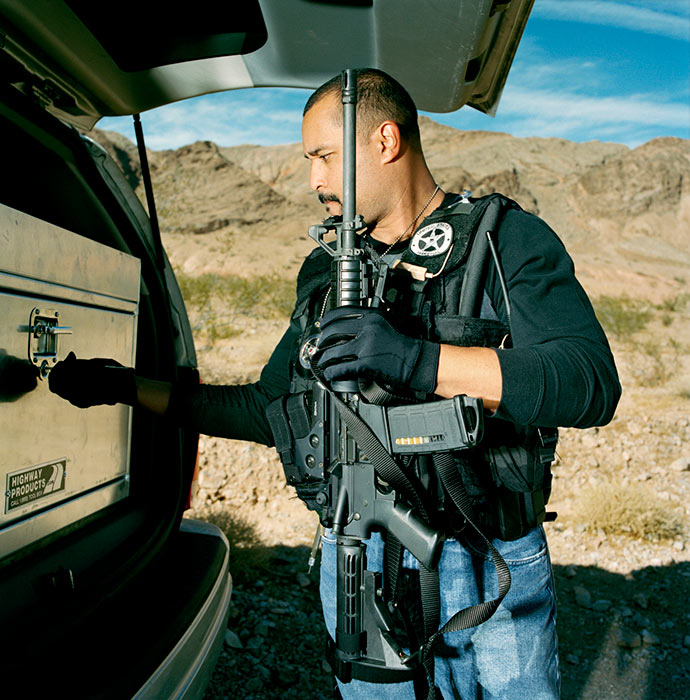
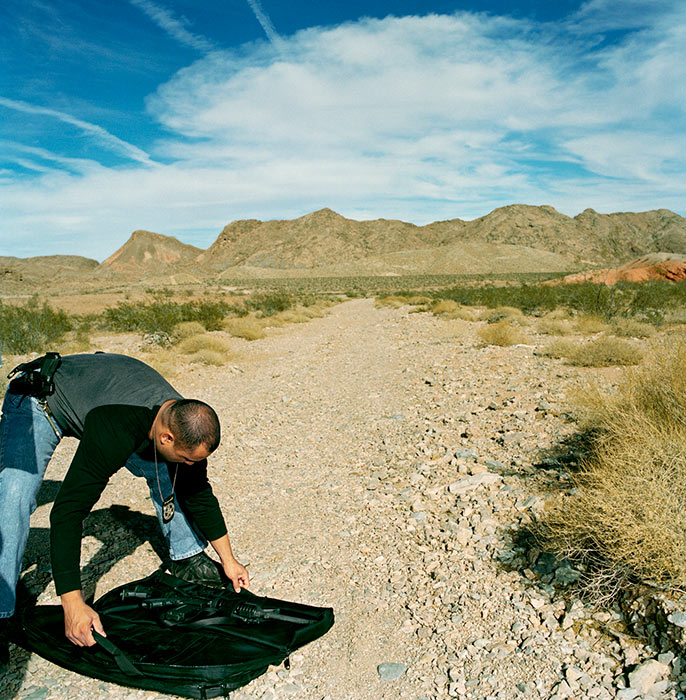
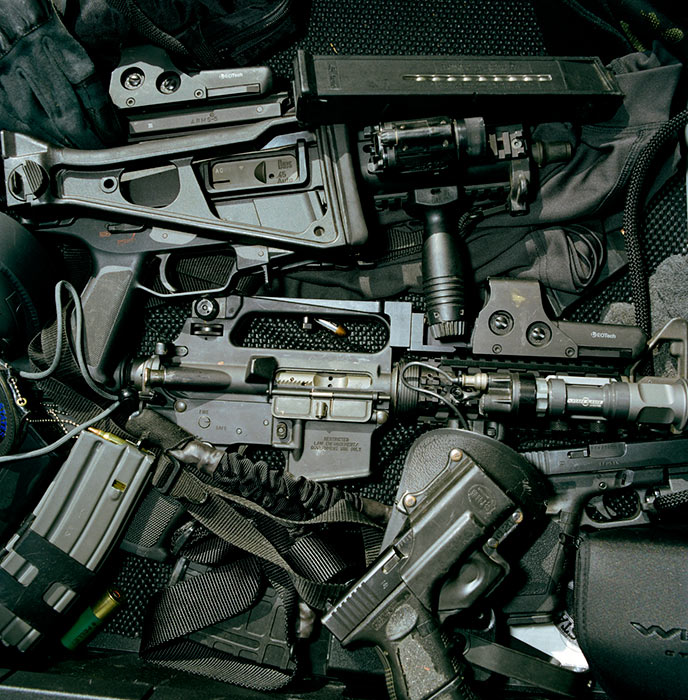
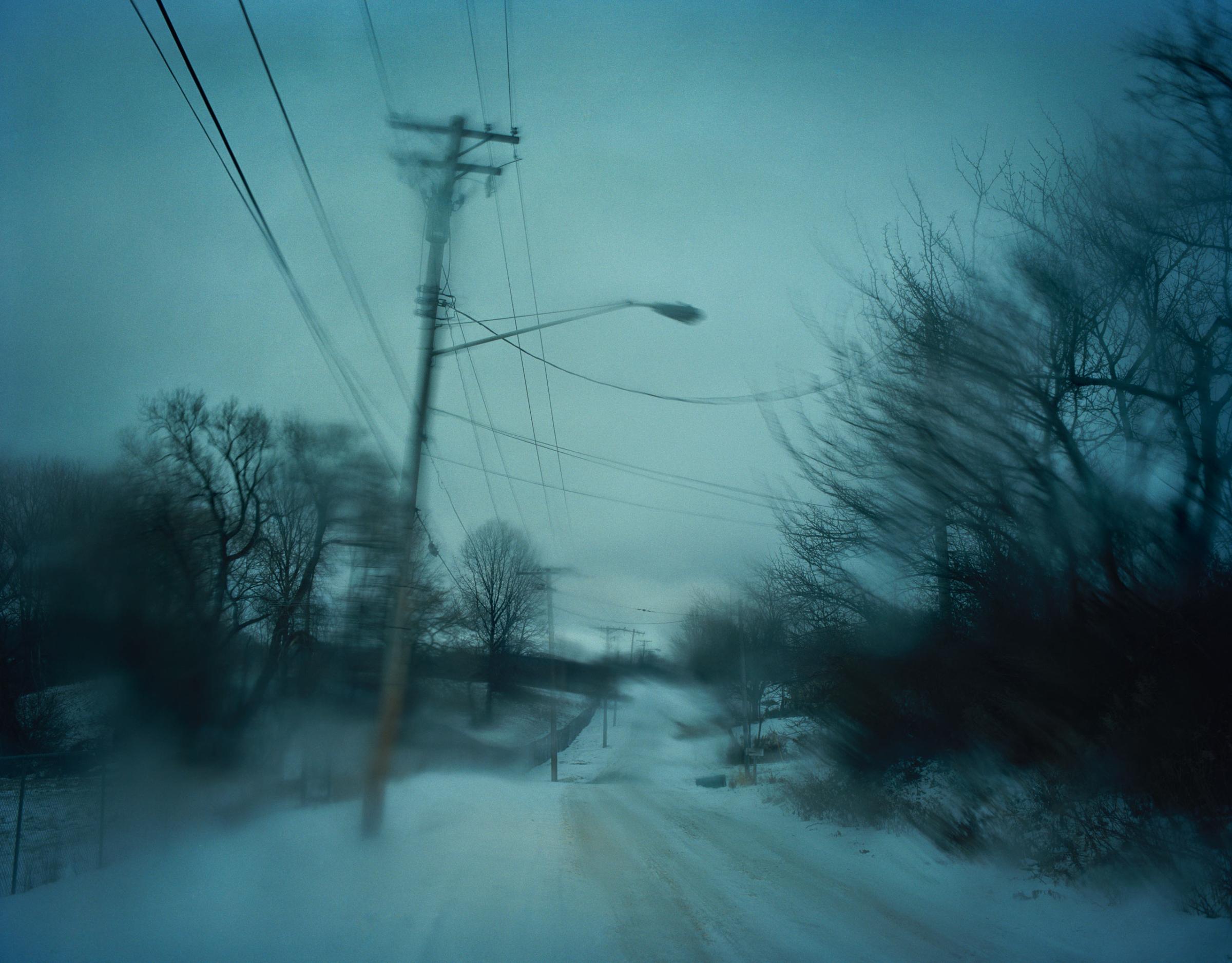





More Must-Reads From TIME
- The 100 Most Influential People of 2024
- Coco Gauff Is Playing for Herself Now
- Scenes From Pro-Palestinian Encampments Across U.S. Universities
- 6 Compliments That Land Every Time
- If You're Dating Right Now , You're Brave: Column
- The AI That Could Heal a Divided Internet
- Fallout Is a Brilliant Model for the Future of Video Game Adaptations
- Want Weekly Recs on What to Watch, Read, and More? Sign Up for Worth Your Time
Contact us at letters@time.com